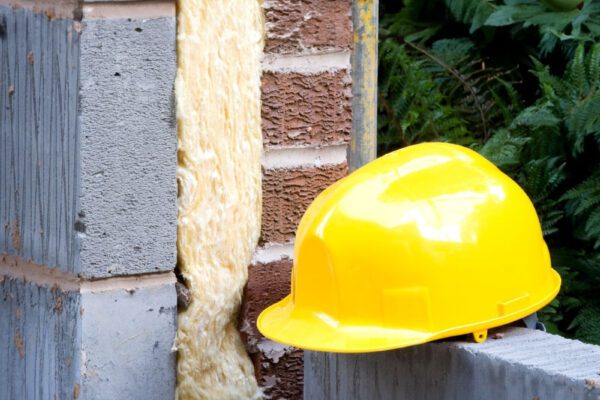Importance of Sound Insulation and Noise Control in Buildings
People living in big cities where the structure and population density is increasing day by day; lives, works, receives education and treatment in environments with noise sources such as traffic, ventilation systems and generators.
If it is not controlled, noise becomes a real problem, especially in housing, education and health structures. Scientific research is drawing more and more attention to the link between noise pollution and human health. Excessive noise is not only a distraction by affecting productivity and concentration, it can also cause physical and mental ailments. Many studies show that people who live and work in noisy environments are more prone to heart disease and hypertension.
It is very important to prevent such problems in building design and to create harmonious, sound-controlled environments; because today there is an expectation that buildings will contain solutions that can effectively deal with excessive noise. This expectation requires an advanced understanding of acoustics. Considering the different types of noise that may occur in buildings, it is of great importance to provide the necessary arrangements for acoustic design and to apply noise-reducing solutions. Fortunately, advances in soundproofing solutions enable noise from inside or outside the building to be significantly reduced.

Unlike other forms of insulation, soundproofing is needed throughout a building to meet varying performance levels. Particular attention should be paid to noise control in education and health buildings. In education spaces where focus is essential, the way to concentrate is to provide sound insulation. It is a well-known fact that the acoustic comfort in healthcare facilities directly affects the recovery of patients. Favorable acoustic conditions protect patients’ privacy and promote sleep patterns.
Knowing the acoustic properties of different construction materials can help select the appropriate one for the acoustic construction of structures.
Steel: Considered the best material for sound insulation, steel provides noise resistance.
Concrete: Concrete, which is harder and has a higher density compared to other materials, stands out with its noise-resistant structure.
Glass fiber: Fiberglass, which is used as a sound insulation material and has a sound absorbing feature, absorbs the sound by reducing the speed of the particles that carry the sound waves in the air.
Rubber: Rubber sheets are often used to soundproof buildings. The rubber material, which significantly reduces the sound transmission, is widely used because of its economy.






